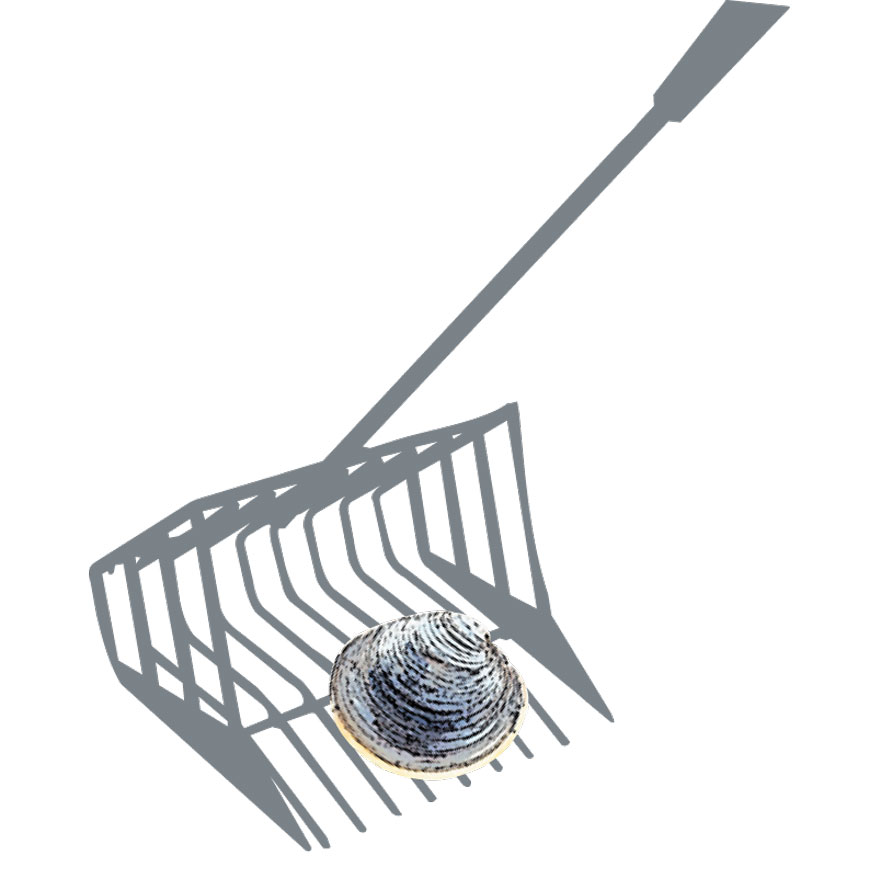

Hard clams are easier to see and are more camouflaged than softer clams, which are harvested by hand using a rake or fork.

At low tide, the worms burrow into the sand and mud flat, forming a series of holes. The comments and responses are contained in separate volumes so they can be viewed side-by-side for ease of the reviewing public. Clams with soft shells are kept under the surface. Responses to each specific comment are provided in Volume 3. The letters are bracketed into specific comments. This volume contains the comment letters on the Draft Environmental Impact Statement received from Federal and state agencies and other interested parties. The document also addresses the impacts of applications for 10-year permit extensions that would allow shell dredging to continue under the same conditions. This Final Environmental Impact Statement assesses the impacts of shell dredging in the lakes as permitted under 5-year permits issued in 1982 that will expire in December 1987. There has been considerable controversy over the environmental impacts of shell dredging. 9 2.Breakageofcommercial-sizedclarasbybullrakingandbydredging intestplot 12 3. The shells are used primarily in construction activities, but have a variety of other uses as well. .Pecksofclamsremovedfromeachquarter19h9and1950by bullrakinganddredging. Abstract: Clam shells Rangia have been harvested from Lakes Poncahrtrain and Maurepas since 1933 by means of hydraulic dredges.


 0 kommentar(er)
0 kommentar(er)
